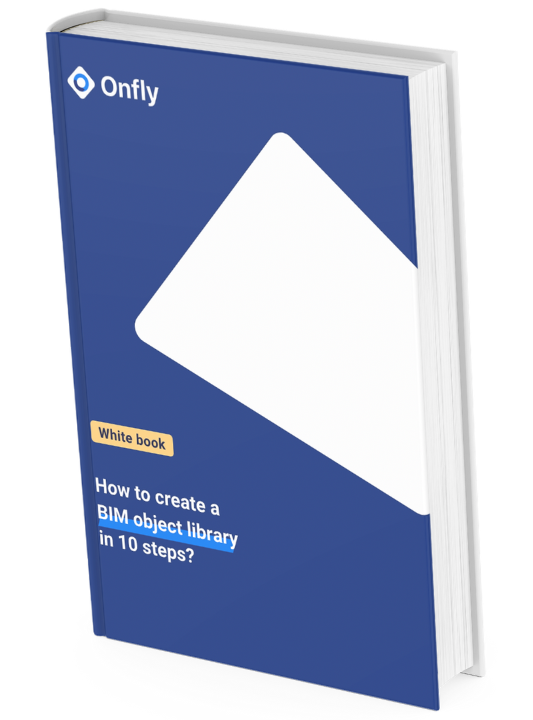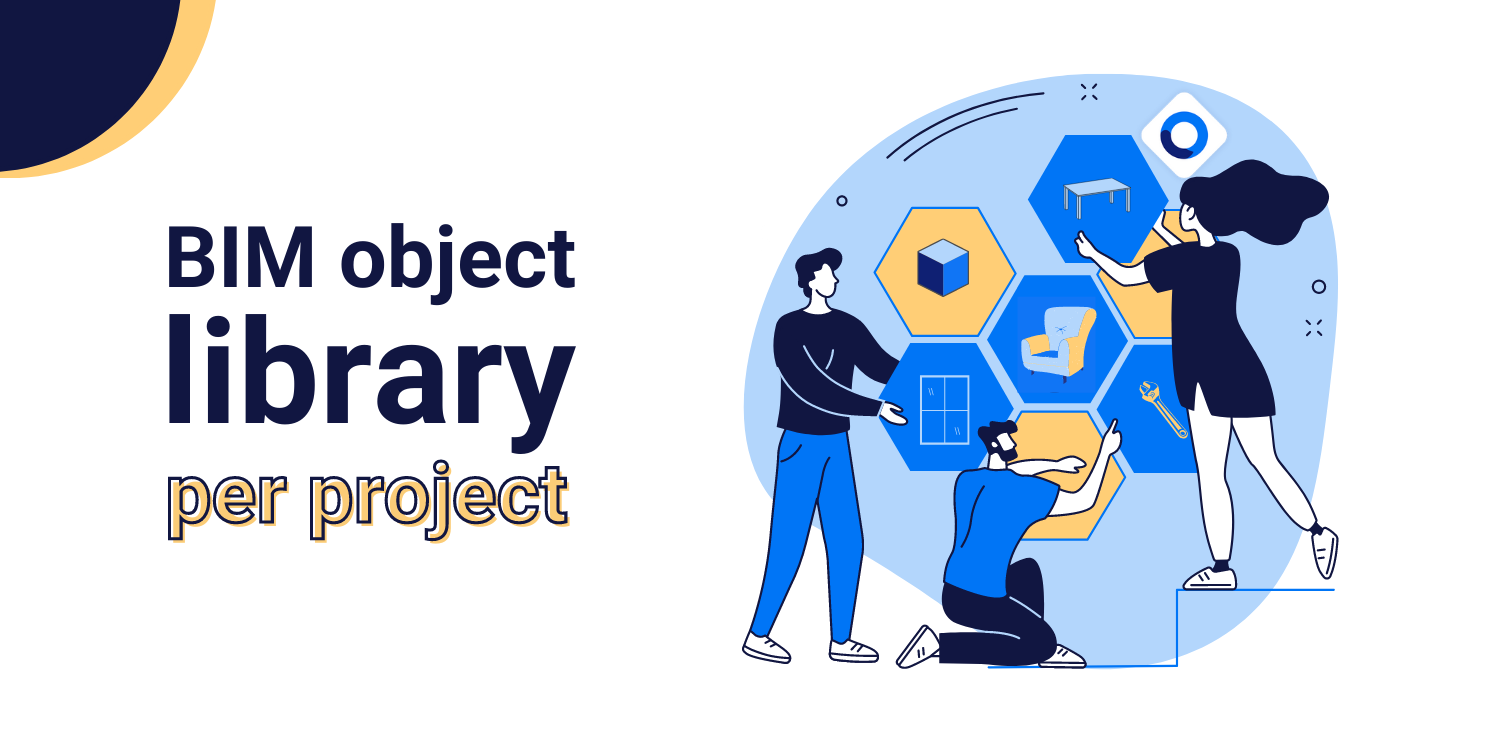Connected construction digitally connects teams, processes and information throughout the life cycle of a building construction project.
By connecting and integrating workflows and project data, information flows seamlessly from one system to another. This ensures smooth collaboration between stakeholders in a joint project and access to reliable and up-to-date data.
Find out more about how to ensure connected construction for building stakeholders in this article!
BIM, the solution for connected construction
If modelling is the key to BIM, the “Information” aspect of this acronym is very important. Even though it often remains in the background. However, it allows to create communication between the actors of the same digital construction project. And that is important. Information must be democratised, it must be understandable for all actors, including those who are not BIM experts.
Furthermore, once BIM has been implemented, there is another solution. That is to connect the different interfaces of each BIM software (Revit, Archicad, Rhino…) to ensure interoperability.
What does interoperability in BIM mean?
Interoperability in BIM is the ability for Revit software, for example, to work with Rhino software without any access or implementation restrictions. Like a portal to another dimension, but for BIM. Therefore, everyone can work with the BIM tool of their choice. As well as ensure that information and models are exchanged correctly without any loss of information.
This is possible with IFC viewers such as BIMData. This tool allows the exchange of data to easily collaborate with all the actors of a common project.
BIMData and BIM&CO, through their Onfly solution, have also joined forces to ensure access to BIM for all. This partnership allows you to access your data with a single click, select and visualise it more easily in 2D and 3D. Moreover, you can structure it and share it to better collaborate with all stakeholders in your projects.
Find out more about BIM access for all, with BIMData and BIM&CO‘s Onfly, by watching our event on this topic.
Watch the webinar with Onfly and BIMData
Connected construction and digital transformation: namesakes or neighbours?
It is clear that BIM is the secret to connected construction. But is the concept of “digital transformation” the same thing?
Although they are similar terms, we regret to say that no, they are not the same. Let us explain.
Digital transformation opens the door to connection.
AEC actors (architects, engineers and builders) may be more or less digitised, however that does not mean they are connected to each other.
Some will work independently with their BIM software, with their information, but… without sharing it. If some do not have the technical means, others are simply not mentally prepared to share their information on a project, creating siloed BIM data.
So let’s say that digital transformation is more about the journey towards connected construction.
Digital transformation to achieve connected construction

Overall, it is about the participants in a same construction project, connecting their systems, in a shared, centralised location, and doing so digitally.
The advantage: if a construction company does not know much about digital, it can carry out a project with a design office that has a higher level of expertise in this field. Through a common place, everyone has access to the same level of information. Given that, this will encourage less digitised players to take the plunge. Pretty good, isn’t it? But how does it work in practice? How does it work in practice?
With solutions like BIM&CO‘s Onfly, a common BIM content library for sharing and centralising information, data and BIM objects, it is possible to achieve this centralisation and common work in a simple way.
Discover in our white paper the 10 easy steps to create your own BIM object library.
Used as a plugin in your favourite BIM design software (Revit, Rhino…), Onfly allows you to manage, centralise and harmonise your BIM data to speed up the design process and increase your team’s productivity.
If you don’t want to share all your BIM content with certain project participants, good news! Administrators of an Onfly space can manage the roles of different users: administrator, partner, object creator… access varies according to the role.
How does connected building benefit the construction industry?
In short, the ultimate goal of achieving connected construction, through digitalisation, is to have a simplified information flow during your BIM projects. And this, from design to construction, and then to the owner of the created building.
With BIM&CO‘s Onfly, it is possible to ensure this connected construction for design offices, architects, engineers and construction companies.
Ultimately, thanks to this common space per company or even per project, the idea is that everyone can exchange the necessary information at all levels of digitisation. In addition, everyone can keep up to date with the progress of the project, at the same stage as everyone else, and be able to modify elements at the right stage (not when the building is already built!).
Are you ready to take your building projects to the next level?






